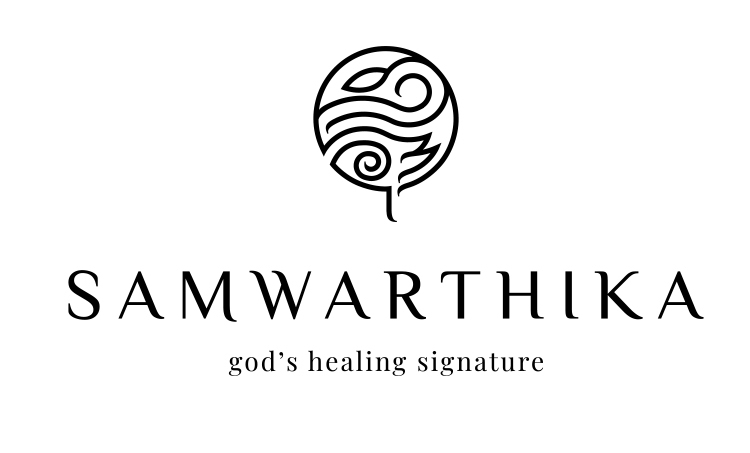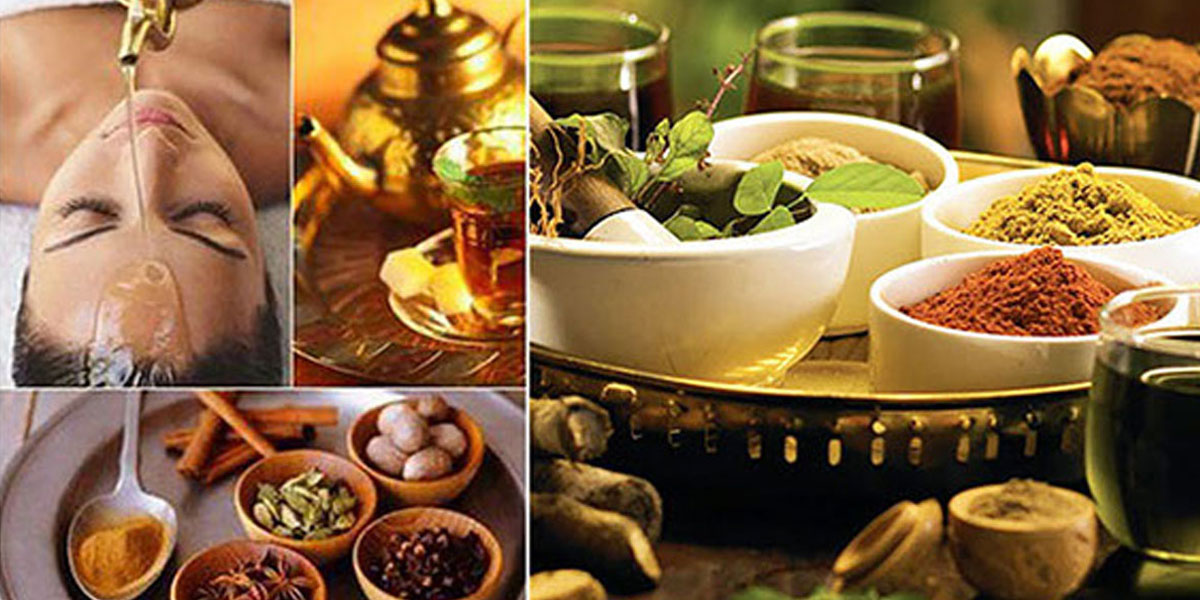Ayurveda, a system of knowledge and practice that originated over 5,000 years ago, has contributed significantly to the realm of naturopathy. It offers a wealth of natural curative methods intended for the betterment of humanity. Among its various branches, Panchakarma stands out as particularly prominent. True to its name, it encompasses a five-fold process aimed at providing a comprehensive detoxification and rejuvenation experience. Essentially, it involves a purification regimen in which the body undergoes a series of distinct procedures. This comprehensive process typically spans a minimum of two weeks, during which the body undergoes an internal purification. The utilization of specially formulated medicated oils is pivotal to its effectiveness, facilitating the elimination of toxins and the expulsion of impurities from the human body.
The historical evolution of Panchakarma Therapy
One of the fundamental components of Ayurvedic treatments is the division into two main categories: Samshodhana Chikitsa (Bio-cleansing therapy) and Samshaman Chikitsa (Pacifying Therapy). Panchakarma therapy is classified under the former category, constituting a dynamic process aimed at purifying the body from the inside out. This bio-cleansing regimen is strategically designed to restore balance to the morbid doshas and expel toxic elements present within the body. Its comprehensive nature extends to fortifying the body’s immune system. Delving into the historical backdrop of this five-step therapeutic approach entails tracing its presence as a significant facet within the realm of Ayurvedic therapies. It’s important to note that Samshodhana Chikitsa holds a higher regard compared to Samshaman Chikitsa, given its enduring and lasting benefits in terms of disease elimination.
Panchakarma therapy serves a multifaceted purpose, encompassing both prevention and maintenance of well-being, in addition to its role in healing. This unique Ayurvedic approach is not solely directed at addressing existing concerns, but also at averting their accumulation and promoting longevity. It is believed that through samshodhana treatments, the recurrence of diseases can be prevented.
Depictions of Dhanvanthari, the revered figure in Ayurveda, often depict him holding a Jalauka (leech), suggesting the historical use of bloodletting as a cleansing therapy. Vedic literature also makes mention of Nasya, a nasal rinsing therapy.
The foundation of Panchakarma therapy is rooted in Ayurvedic principles, which posit that illness emerges from the accumulation of toxins within the body and imbalances within the mind and body.
Authentic Panchakarma detoxification is far from arbitrary. The treatments are meticulously sequenced to ensure their effectiveness, although this might appear as a laborious process in the face of contemporary fast-paced lifestyles. Each stage and step in this sequence physiologically supports the subsequent one. This adherence to authentic methodology is a hallmark of genuine Panchakarma therapy – treatments are administered as prescribed by the ancient texts, maximizing their potential benefits. Regrettably, modern times have seen the emergence of simplified or “shortcut” methods for attempting Panchakarma treatments at home. However, without adherence to authentic procedures, these approaches lack enduring advantages and can potentially cause harm if improperly executed.
Benefits of Panchakarma Therapy
Attempting to compile the benefits of an Ayurvedic therapy will inevitably lead to an incomplete portrayal, as the advantages are boundless and often exceed our imagination. However, focusing specifically on Panchakarma at Samwarthika Ayurveda Hospital reveals a plethora of advantages stemming from its standardized approach.
Purification of Body and Soul: As elucidated earlier, this therapy serves as the ultimate remedy for eliminating impurities and toxins from the body, concurrently purifying the mind, body, and soul. It plays a pivotal role in harmonizing the three doshas that govern our physiological system.
Foundation for Holistic Well-Being: Samwarthika’s commitment to comprehensive well-being is manifested through its array of Ayurvedic therapies and treatments. The tranquil and serene ambiance of the environment contributes to the healing process, rekindling the innate inner beauty present in every individual. Panchakarma therapy emerges as a premier avenue toward achieving a sound and stress-free physique.
Re-establishing Dosha Equilibrium: In accordance with Ayurvedic principles, the doshas constitute the primary regulators of the human body. Imbalances within these doshas can lead to aberrant bodily responses and susceptibility to diverse ailments. Panchakarma therapy, thus, assumes the responsibility of reinstating doshic equilibrium, facilitating optimal bodily functioning.

